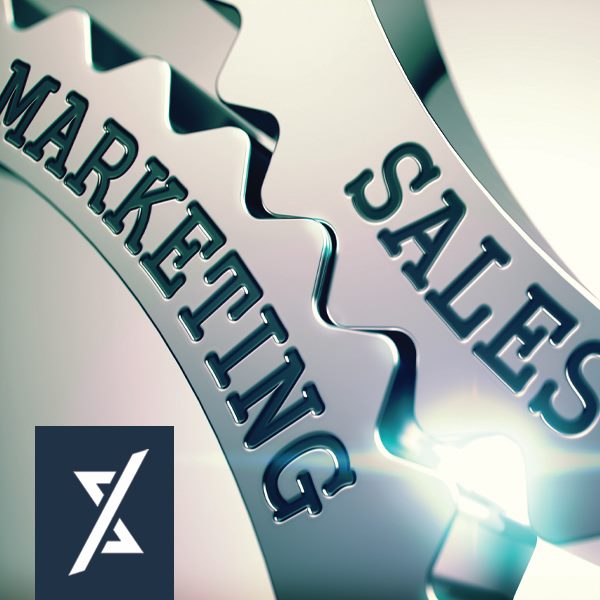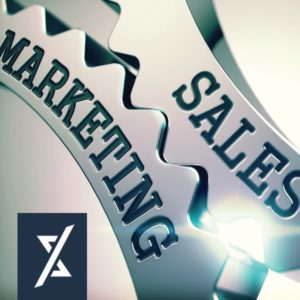The Value of the Modern CRM and Its Role in the Future

Posted November 21st, by Arnold Tijerina
Powersports and automotive dealers have been facing a lot of different issues in the past few years, including many that we’ve covered in previous podcasts, blogs, and other content. The interruptions, bumps in the market, constant changes, and unexpected turns—all of these things add up and they are exposing a world where dealers are quickly realizing that they need to not only have better tools for the job, but they also need to know how to use those tools. You can’t just give someone a hammer and some nails and ask them to build a house.


The supply chain issues that have created a frenzy in the automotive and powersports industries are still present, but they are getting better. To succeed, and even stay afloat, with all the changes and uncertainty, having the right tools for the job makes all the difference. Specifically, we’re referring to your CRM.
What Makes CRMs Different?
This is a big question that we get from people researching their options for a CRM platform. Sure, there are plenty of great products out there with generic solutions for customer relationship management, and they may be perfect for some businesses. However, in the powersports and automotive industries, a more dedicated, industry-specific CRM is required.
The customer journey essentially reaches the same touchpoints along the way whether someone is shopping for a blender or a new motorcycle. It’s the significance of what happens at those touchpoints that is different. Dealers have a much more interactive and engaged role with their customers than many businesses today, out of sheer necessity. However, it should also be something that your dealership takes pride in, what with our automated society and the increasing role of the Internet and AI in the things people do.
When you choose the right CRM platform, you will be able to deliver this improved customer experience from every point of the journey, whether someone has just reached out as an Internet lead or if you’re remarketing to your customers who might be ready to upgrade to the newest model of their favorite powersports toy or car.
Of course, these tools need to be agile, customizable, and able to keep up with the constant changes going on in the industry, including the inevitable “market correction” when the leads run out and the market shrinks up. These tools need to work for your sales team, as well as for your customers. The better your CRM, the less friction that you’ll have in your tech stack. Then, you can pass that along to the customer and provide them with a frictionless, straightforward experience. And it’s not just about the CRM—it’s also about how well you work it. Read on to learn more about why CRMs are setting the stage for future success and how your dealership can handle moving forward once the rush is over.
The Pandemic Dust Begins to Settle
Dealers and brands have been reporting supply chain issues for some time now. Yamaha even postponed its business summit meeting because of the shortages and inability to meet current and future demands:
“As you are likely aware, we are experiencing supply chain issues as a result of the Shanghai port lockdown. Most notably, this has caused disruption with many of our vendors who are reporting late raw material shipments, manpower challenges, and capacity issues. These factors have made it increasingly difficult to keep up with backlogged orders, not to mention current and future demand. Due to these constraints, we have made the decision to cancel the August Dealer Business Summit meeting.”
Mike Martinez, Yamaha’s president of Motorsports
They’re not the only ones, though. While China is seeing its fair share of production halts and supply chain issues, it’s also being felt in the United States by dealers, including major brands like Harley Davidson, and others.
Dealers are already forced to be into the used market, and this supply chain shortage reinforces just how important that is. The interruptions and bumps in the market should reinforce that you need to have every single piece of customer data that you can have and hold onto it for future use.
The marketing dollars that go into trying to acquire new customer information never cease to amaze. And yet, why are you spending money trying to get new customers when you’ve got tons of existing customer information locked in your DMS, or sitting in your CRM doing nothing?
Is there a better time than when you’re dealing with these inventory issues to make sure that you have a CRM that uncovers previous opportunities, things that could be in service, ways to keep customer relationships, etc.? You’re getting a glimpse into the future here, and everyone agrees that eventually there’s going to be some type of market correction.
Some say they’re using the term “market correction” because it’s a little less fearful than “recession,” but the reality is that this is what’s going to happen. All the trillions of dollars that we threw into this market over the last two years is starting to run out. It’s been cycled through, and as the market starts to shrink up, you’re going to see that we don’t have things to sell while consumers still want to buy. Supply and demand will dictate the market.
And that’s when things start to really get nerve-wracking, right?
Some people hope that with more demand, perhaps the supply will catch up. But if we’re being honest, it’s far better to have demand issues than supply issues. It’s easier to fix the former but cultivating a new customer base or re-visiting your existing database will take more time and effort.
Without a CRM that can intelligently follow up with your database of customers on a continued basis and solely relying on your sales staff to do so, opportunities will be missed and cost your dealership revenue that you could have captured – whether that’s in sales or service. Don’t miss revenue opportunities. Instead, find a CRM that can make your dealership more efficient while allowing your sales and service staff to focus on the customers coming in the door.


